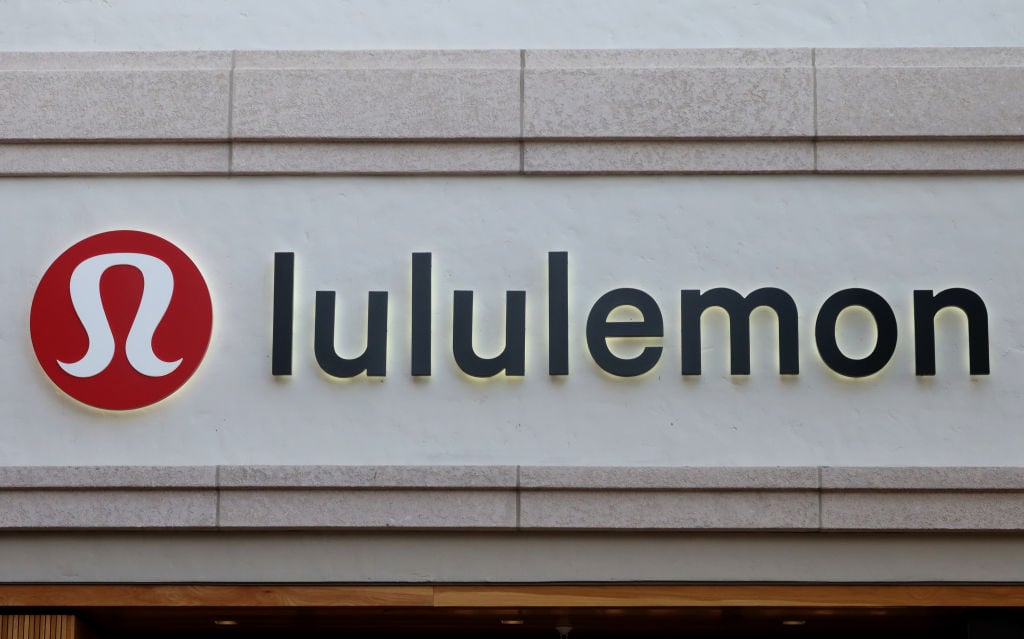
If the market's negative reaction this morning is any indication, you'd think lululemon athletica's (LULU +1.39%) second-quarter report was a disaster. But that was hardly the case.
Shares of the yoga apparel specialist fell nearly 17% Thursday morning after it announced quarterly revenue climbed 16% year over year to $453 million. Net income fell 2% over the same period to $47.7 million, or $0.34 per share, even after being bolstered by the company's decision to repurchase 1 million shares during the quarter for $63.96 per share. That might sound scary, but both figures exceeded analysts' expectations for earnings of $0.33 per share on revenue of $445.8 million.
Here's what happened
As I suggested in my earnings preview earlier this week, one of the biggest things for which investors were watching are signs of impending improvement in Lululemon's margins. Unfortunately, Lululemon's gross margin during the quarter came in at 46.8%, below its guidance range of 48% to 49%.
In addition, Lululemon expects current-quarter revenue of $477 million to $482 million, which should translate to earnings per share in the range of $0.35 to $0.37. While the midpoint of the former range sits above analysts' estimates for $478.4 million, the latter -- excluding any future share repurchases -- is significantly below expectations for Q3 earnings of $0.43 per share.
At first glance, that seems to indicate Lululemon is achieving revenue growth by marking down previous high-margin merchandise -- a worry reiterated in a research note this morning from Cannacord Genuity analyst Camilo Lyon. Previously, Lyon has predicted Lululemon would be forced to mark down its inventory until it's better aligned with actual sales growth. Sure enough, Lyon suggested today that Lululemon's "explosive inventory growth" of 55% year over year indicates their "concerns around markdowns [...] are bearing out."
Given today's huge drop, it's fair to say that's the relative consensus on Wall Street this morning.
"We will see the margin expansion that we have committed to"
But there's one big problem with this train of thought: During the subsequent conference call, Lululemon CEO Laurent Potdevin insisted that's not the case:
It is really, really important for everybody to understand that the short-term gross margin pressure that we are experiencing is not a result of higher markdowns or quality issues. [...] We are building a very scalable, complex platform at a time when we are growing internationally and we have added resources to the team. And we have validated that not only will we see the margin expansion that we have committed to, but will foresee it in 2016 and beyond.
Also during the call, CFO Stuart Haselden explained elevated inventories were compounded by the fact Lululemon was "significantly under-inventoried for Q2 last year, with effectively no sequential build in our stock position from Q1 to Q2, so there are timing differences this year." In addition, he reminded investors they were warned three months ago that inventories would remain high in the second quarter due to the impact of previous West Coast port delays.
"The good news here," Haselden added, "is that our supply chain is normalized, and we are now flowing inventory on schedule." And though inventories will continue to look high in the near term, Haselden noted Lululemon maintained its outlook for inventories and remains on track to meet its goals to sell down late seasonal arrivals with "little or no markdown risk."
To be sure, despite its light earnings outlook for the current quarter, Lululemon raised both ends of its full-year revenue guidance. Now, it anticipates revenue in the range of $2.025 billion to $2.055 billion (an increase of $50 million on both ends) and earnings per share of $1.87 to $1.92 (an increase of a penny per share on both ends). By contrast, Wall Street was expecting slightly lower revenue of $2.03 billion and slightly higher earnings of $1.93 per share.
In the end, however, considering management has directly rebuked the market's greatest fears regarding the cause of its gross margin pressure, I'm not convinced these short-term concerns are worthy of the big drop Lululemon is enduring today.






